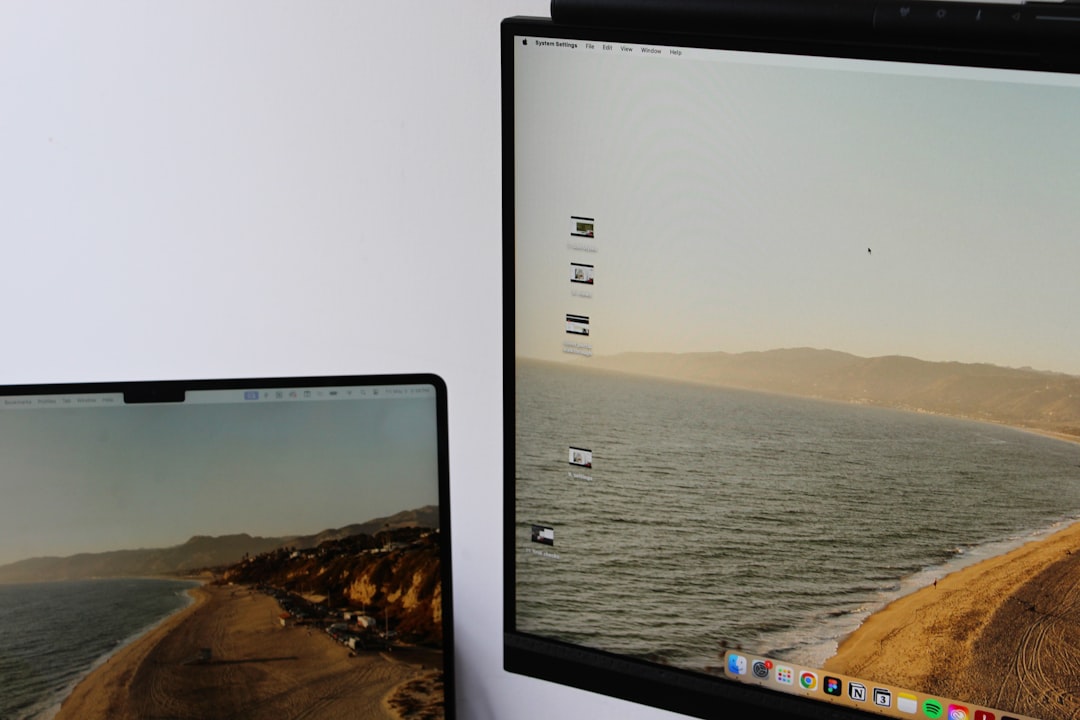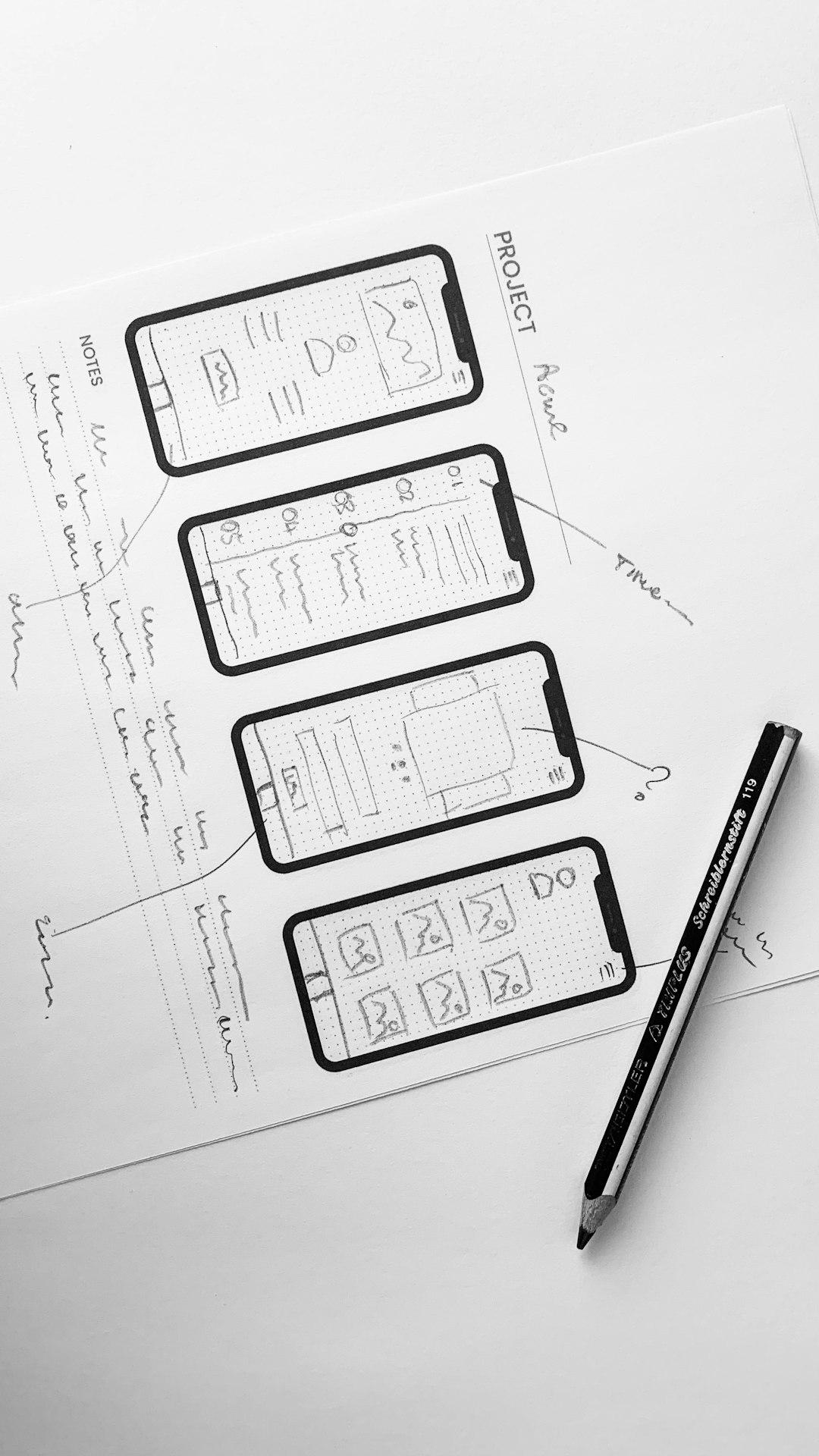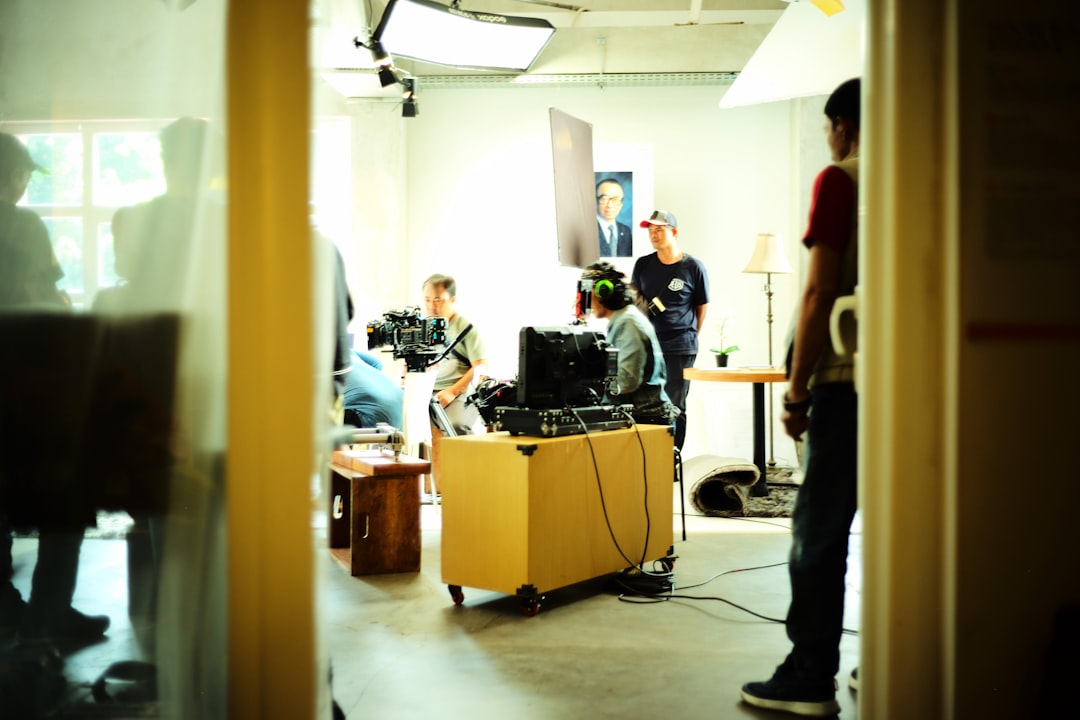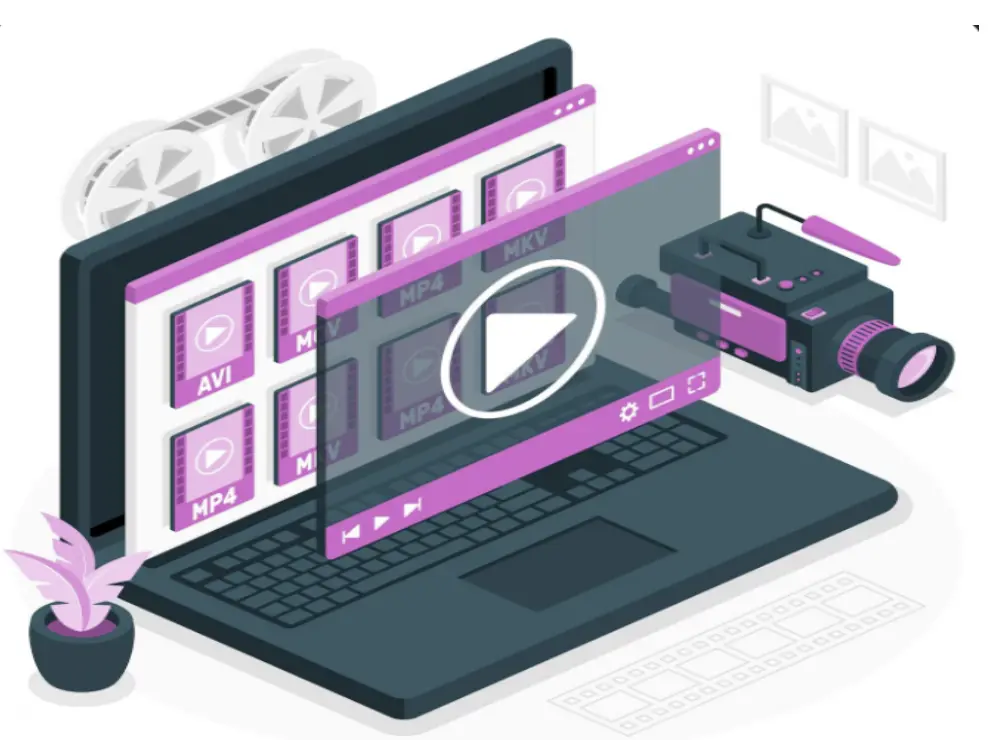Ever watched a movie on your phone and noticed the black bars at the top and bottom of the screen? Or maybe tried printing a photo and it looked stretched or cropped? That’s all because of one thing — aspect ratio. Don’t worry, it’s easier to understand than you think!
What Is Aspect Ratio?
Aspect ratio is the relationship between the width and height of an image or screen. It’s usually written as two numbers separated by a colon, like this: 16:9.
This just means that for every 16 units of width, there are 9 units of height. It’s a way to describe the shape of the screen or image — whether it looks square, tall, or wide.
Why Does Aspect Ratio Matter?
Because not all screens and photos are the same shape! Choosing the right aspect ratio makes sure your images and videos look their best. Using the wrong one can make things look weird — stretched, squished, or with big empty borders.
Common Aspect Ratios You Should Know
- 4:3 – Old school. Used for classic TVs and computer monitors. More square than wide.
- 16:9 – The most popular today. Used for HDTVs, YouTube videos, and most smartphones.
- 1:1 – A perfect square. Great for Instagram posts.
- 21:9 – Ultra-wide. Used for cinematic movies and curved monitors.
- 3:2 – Common in photography. Used by many DSLR cameras.
These ratios each give a different “feel” to your content. A square photo feels different than a wide screen movie. That’s why picking the right one is important.

How to Read Aspect Ratio
Imagine a rectangle. The first number is how wide it is. The second number is how tall.
So if you have a 16:9 screen, it’s 16 units wide and 9 units tall. That’s almost twice as wide as it is tall. A 1:1 square, however, is equal in both directions – it’s a perfect box.
Where You’ll Encounter Aspect Ratios
You run into them all the time — even if you don’t notice!
- TV & Movies – Films are often shot in ultra-wide ratios like 21:9.
- Social Media – Instagram likes 1:1, TikTok loves vertical video (9:16).
- Photography – Cameras use different ratios depending on the sensor.
- Monitors – Older screens use 4:3. Modern ones use 16:9 or even 21:9.
How Aspect Ratio Affects Your Content
Let’s say you shot a video in 4:3 but want to upload it to YouTube, which uses 16:9. What happens?
You’ll get black bars on the sides. Or it might zoom in and cut off parts of your video. That’s why matching the aspect ratio to the platform is so important.
Shooting Video? Keep the Platform in Mind
- Instagram Posts – 1:1 or 4:5
- Instagram Stories & TikTok – 9:16
- YouTube – 16:9
Using the right ratio saves you editing headaches later!

How to Change Aspect Ratio
Don’t like your current aspect ratio? You can change it — with tools!
Here are some ways:
- Photo Editors – Apps like Photoshop or Canva let you crop and resize images.
- Video Editors – Programs like iMovie, Premiere Pro, or CapCut can change video ratios.
- Camera Settings – Many cameras and phones let you choose your ratio before shooting.
Be careful though! Changing the aspect ratio can cut off part of your image or stretch it.
Letterboxing vs Pillarboxing
Ever seen black bars on a video and wondered why they’re there? That’s because the aspect ratio doesn’t match your screen.
- Letterboxing – Bars on the top and bottom when the video is too wide.
- Pillarboxing – Bars on the side when the video is too tall.
These bars make sure the full image is shown without cutting anything out.
What About Resolution?
People often mix up resolution and aspect ratio. But they aren’t the same!
Resolution is how many pixels are in the image. Like 1920×1080. The first number is the width in pixels, the second is height. If you divide 1920 by 1080, you get 1.78 — that’s a 16:9 aspect ratio!
So, the resolution tells you how clear or detailed an image is, while the aspect ratio tells you its shape.
Which Aspect Ratio Should You Use?
It depends on what you’re doing! Here’s a cheat sheet:
- Sharing on Instagram? Use 1:1 or 4:5 for posts.
- Filming a video for YouTube? Use 16:9.
- Want that cinematic movie effect? Try 21:9.
- Taking portraits on your phone? Go for 9:16.
There’s no right or wrong — just pick what fits your purpose best.
Fun Fact: Why Do Movies Look So Wide?
Ever wondered why movies have those black bars? It’s because films are shot in extra wide aspect ratios like 2.39:1 or 21:9 to give that dramatic, theater feel.
These fit well in theaters, but your TV screen is usually 16:9. So to fit the movie on your TV without cropping, black bars are added. That’s letterboxing!
Final Thoughts
Aspect ratio might sound technical, but it’s really just about shape and fit. Knowing the basics helps you create better-looking videos, photos, and designs — no matter where they’re going.
So next time you’re filming, cropping, or editing, ask yourself: “What aspect ratio is best for this?”
And now, you’ve got the knowledge to get it just right!

